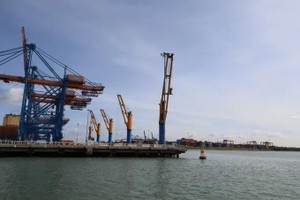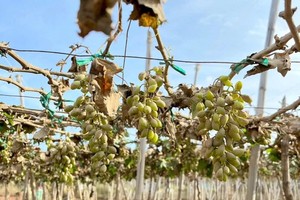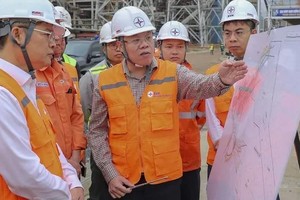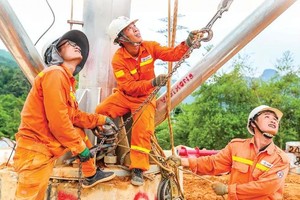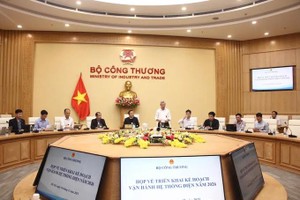On June 11, the National Assembly will commence the second phase of its 9th session for its 15th tenure. A pivotal item on the agenda is charting a socio-economic course to hit an ambitious 8-percent growth target this year and double-digit growth in the years to follow.
The ultimate goal is to elevate Vietnam’s gross national income (GNI) per capita from its 2024 level of US$4,180 to $7,500 by 2030, and further to a range of $13,000-$15,000 by 2045.
Researchers have formulated at least three potential growth scenarios, suggesting the goal is within reach, though it will demand extraordinary effort.
A team from the School of Economics and Public Management under the National Economics University favors a “Growth Wave” scenario. This model, which could see GDP growth peak at 11 to 12 percent annually between 2031 and 2035, is built on the principle of “extensive preparation, focused acceleration, and optimized efficiency”.
Under this “Growth Wave” model, the period until 2030 would serve as a preparatory phase, targeting an annual GDP growth of 8 to 10 percent. This would be followed by an acceleration phase from 2031 to 2035, where growth could surge to 11-12 percent per year. Over the subsequent decade, the pace would gradually moderate, easing to 8-9 percent in the first five years and settling at 6.5-7.5 percent in the final five.
A second proposed scenario is termed “Strong Start, Solid Consolidation, and Stable Maintenance”. This front-loaded model projects an 11-percent annual growth rate for the initial phase of 2025-2029, followed by a 9-percent growth in the second phase of 2030-2037, and then a 7-to-8 percent one in the third phase of 2038-2045.
While a rapid start could harness initial momentum for a fast development, it also courts the risk of “exhaustion” – straining resources, infrastructure, and administrative capacity by tackling too much in too short a timeframe.
The final scenario, “Maintain the Peak, Soft Landing”, adopts a more measured approach, dividing the timeline into three seven-year phases. It would begin with a seven-year period of 11-percent annual GDP growth, followed by seven years at 8.5-9 percent, and a final seven years at 6.5-7.5 percent.
This structure allows for a longer preparation period with more evenly distributed pressure. However, its greatest challenge lies in sustaining such high growth momentum for a full seven years.
Ultimately, beyond the mechanics of any scenario, the fundamental concern is the quality of that growth – how effectively it translates into an improved quality of life and tangible benefits for every citizen, truly placing people at the heart of development.
Vietnam’s ambitions are not without external headwinds. Waning consumer demand in key export markets like the US and the EU threatens a critical engine of growth. Simultaneously, global trade tensions and high interest rates in major economies are driving up the cost of capital, potentially impeding foreign investment flows. Volatility in the exchange rate, particularly against the US dollar, could inflate the cost of imported raw materials and adversely affect the nation’s foreign debt obligations.
On the domestic front, while inflation remains under control – with the average consumer price index up 3.21 percent year-on-year as of late May – satisfaction is not an option.
Numerous risk factors loom over the second half of the year, including price shocks in energy and raw materials stemming from geopolitical conflicts, as well as scheduled increases in public service fees for healthcare, education, and electricity. Should inflation spiral, it would erode the very gains in living standards that economic growth is intended to deliver.
In this complex landscape, regardless of the path chosen, the guiding principles must remain constant, which is to mitigate adverse shocks and shield citizens’ interests from external risks. For an economy still heavily reliant on the traditional growth drivers of capital and labor, clearly defining these scenarios is an essential exercise to visualize the road ahead, confront the inherent challenges, and seize the opportunities that await.
